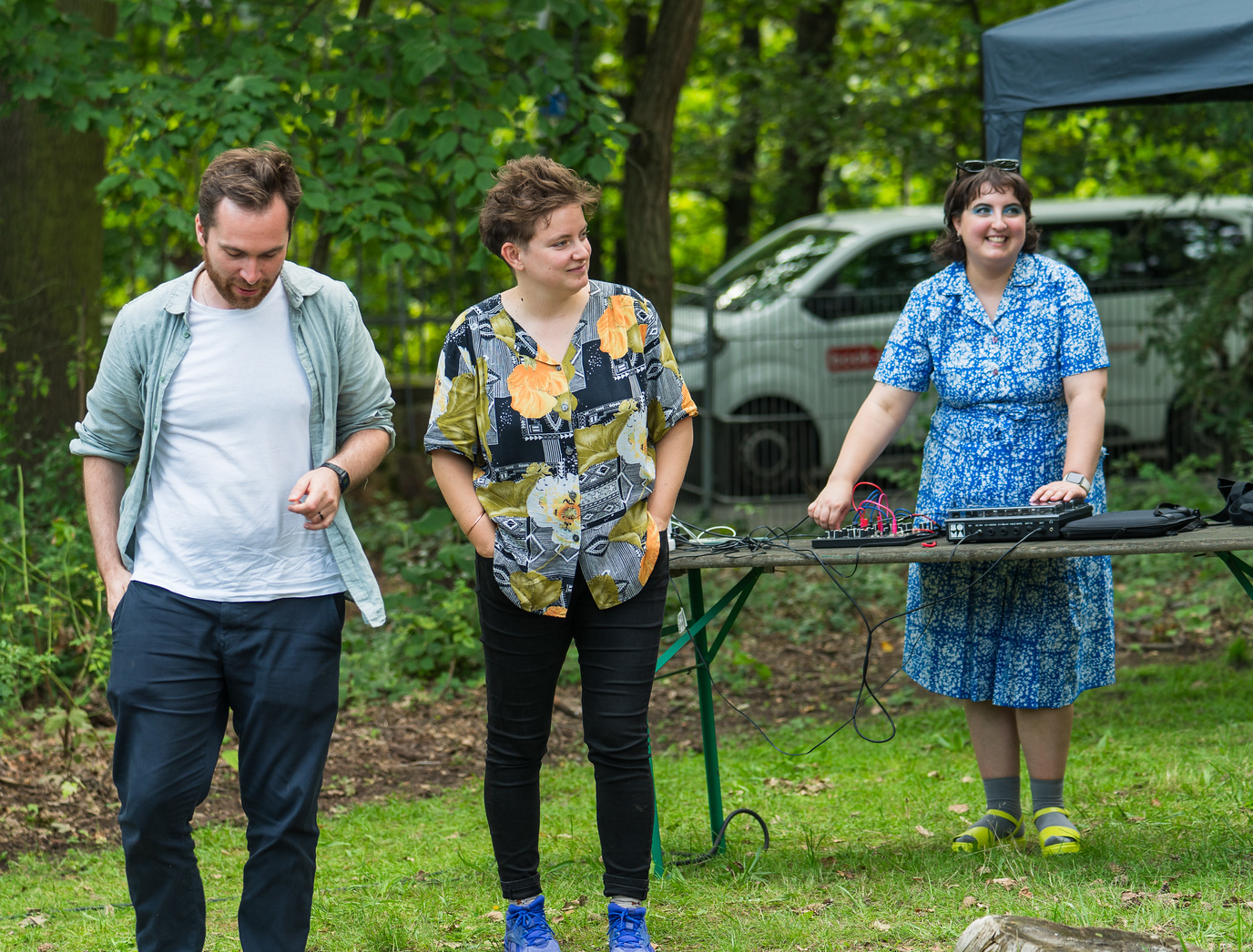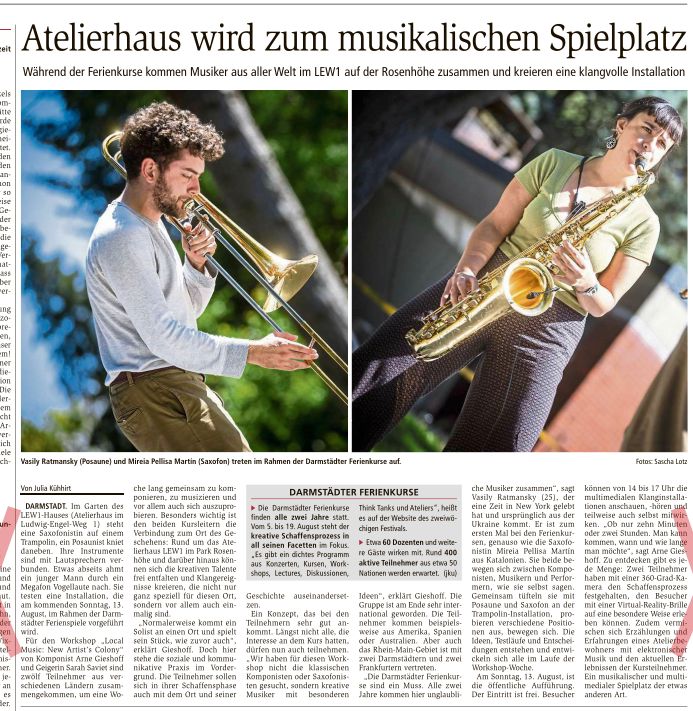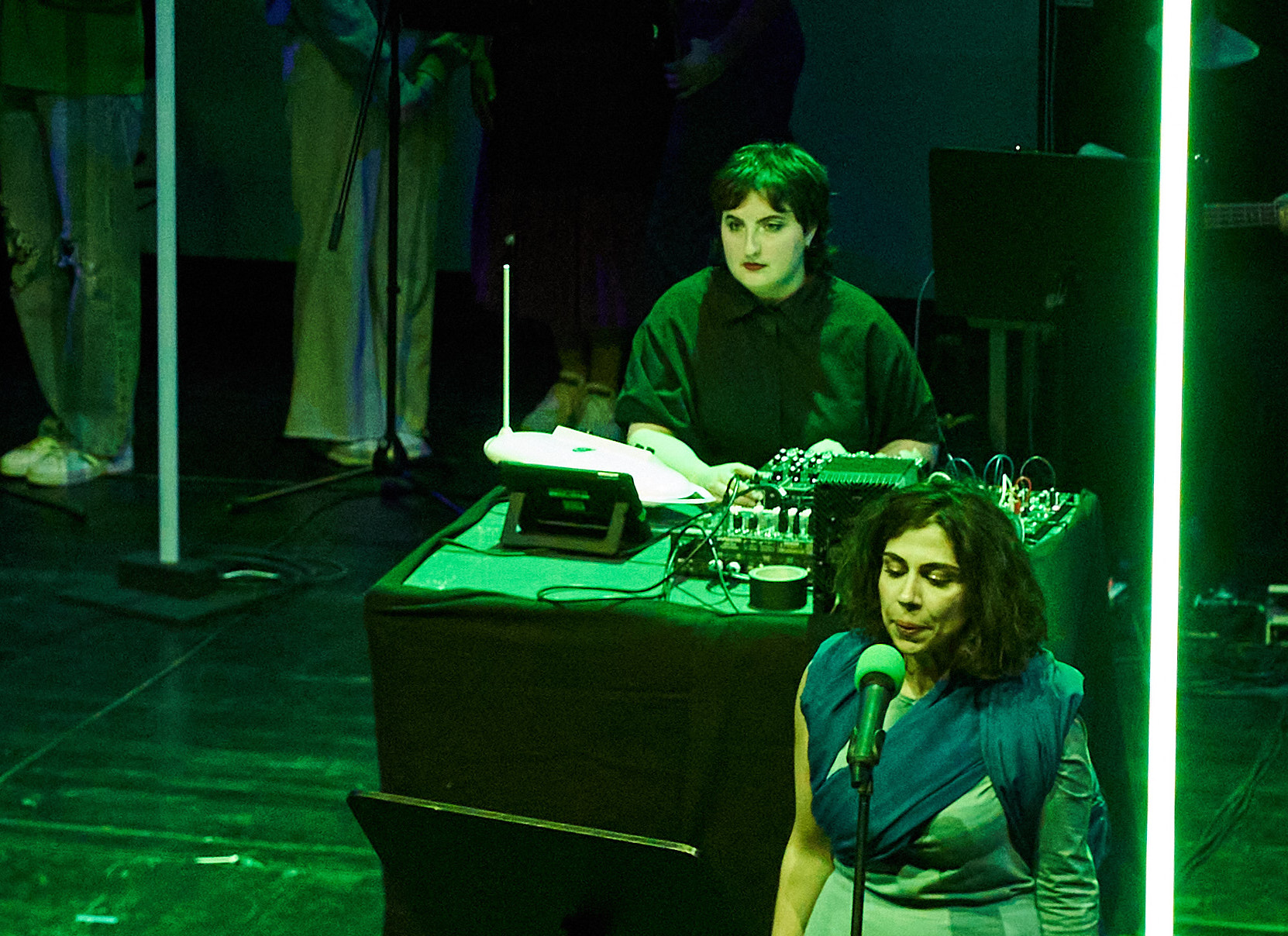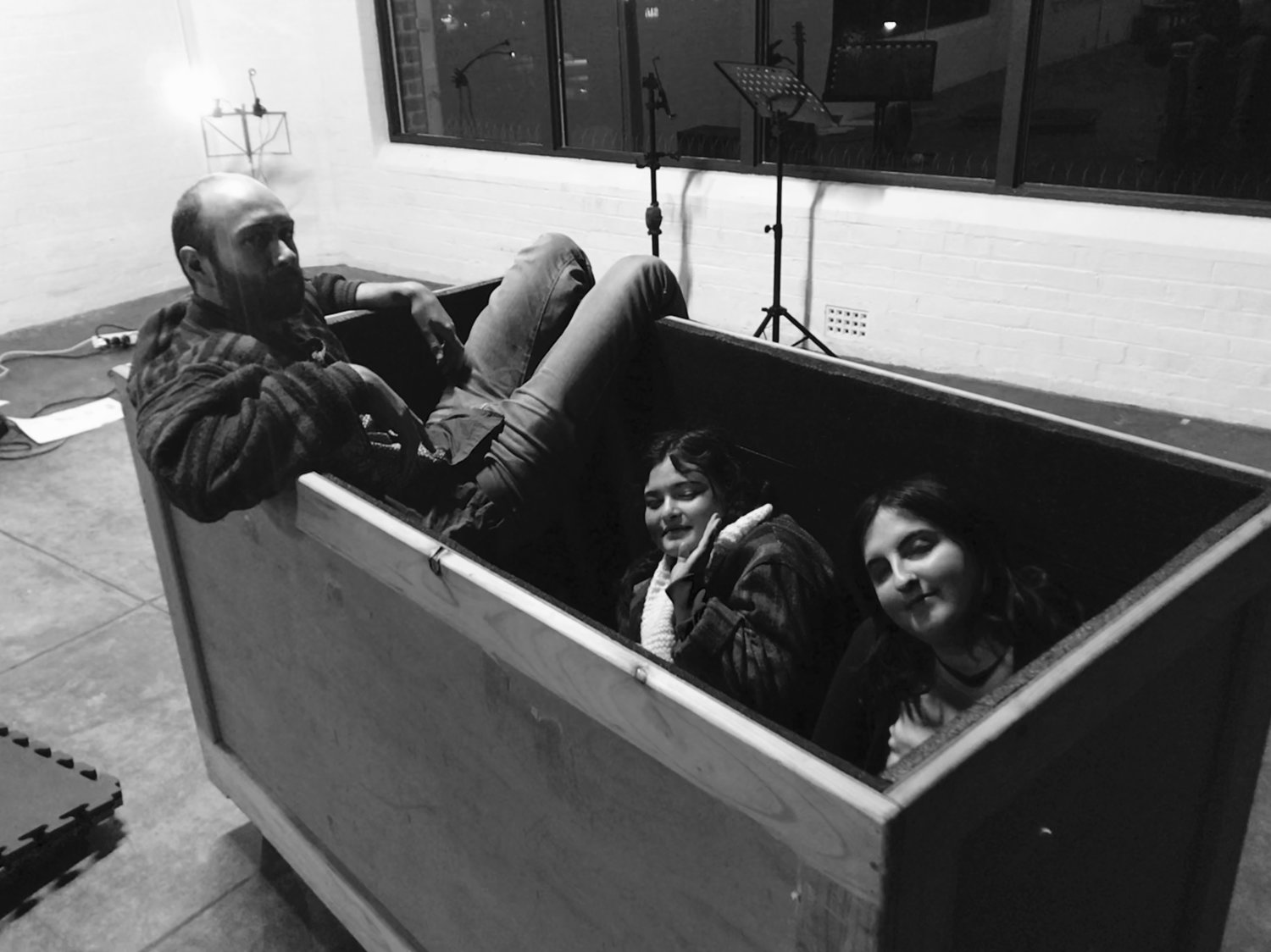I'm very excited to announce the performance of my experimental chamber opera, Knots that Bind.
Over 3 years, I've researched and tested new methods of composing and notating experimental music. Knots that Bind is a performance that takes the audience through a journey of understanding self-censorship and its impact on queer and disabled lives. Through queer forms of notation and improvisation in restricted environments, the opera tests the limits of the stage as a space to unpack the complexity of silence and erasure.
I'm lucky to be able to collaborate with many of my favourite artists on this project. The work will be performed by Tina Stefanou, Iran Sanadzadeh, Darlene, Liz Jigalin, Jane Aubourg and Niki Johnson. With improvisation playing an important role in the opera, the creative input of these artists will bring my conceptual ideas to fruition. Eloise Grills has contributed written text, and Alison Pyrke is developing new bindings and costume-scores with me. Darlene has been there to help me unpack thoughts throughout this whole process, and of course my PhD supervisors Cat Hope, Louise Devenish and Iran Sanadzadeh have had a huge impact on the work.
Free tickets are available - Please book ahead to secure a spot.
This project has been assisted by the Australian Government through Music Australia and Creative Australia, its arts funding and advisory body.
30 October 2024










